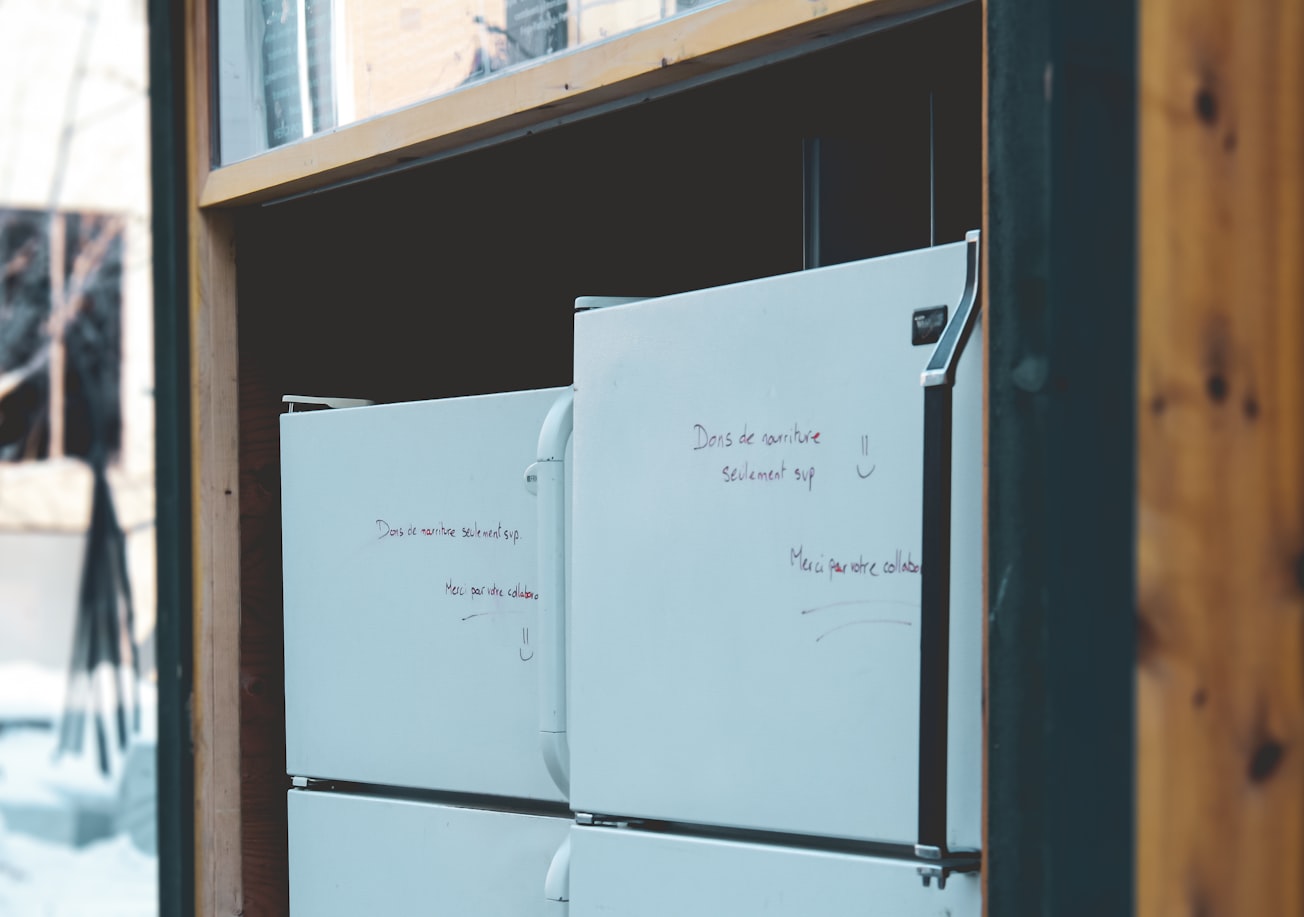What is it about?
We constructed textual-based CSR measures from the annual CSR reports of Chinese banks. Our analysis shows that these measures contain substantial and valuable information that predicts the banks' financial performance, social contribution, CSR spending, and market reaction to CSR expenditure.
Featured Image

Photo by Sigmund on Unsplash
Why is it important?
While the use of textual analysis to evaluate CSR disclosure has recently emerged in the literature, few studies focus on banks in China. Using the term frequency–inverse data frequency (TF-IDF) method, we constructed a score for each of the six CSR domains: business (BUS), environment (ENV), human rights (HR), corporate governance (GOV), charity (CHY) and social capital (SCAP). To the best of our knowledge, no studies have adopted the textual approach to evaluate social reporting quality and CSR activities in the context of the banking industry in China. This study offers insights to policymakers of the regulatory bodies and the banks in China. To enhance the financial safety and soundness of the banking system, the regulatory bodies should encourage banks to strategically allocate corporate resources to achieve higher CSR ratings and engage more business-related CSR activities. To create larger social values, bank management should invest more in philanthropic CSR initiatives such as corporate governance and charity activities. To pursue higher corporate profits, they should engage more in self-centered business-related CSR activities. However, according to the reaction of the market, they should not over-invest in CSR activities.
Perspectives
Writing this article extends my research areas to corporate social responsibility. I hope this article makes stakeholders understand the importance and applications of CSR reports.
Dr. Jerry Chienwei Ho
Queensland University of Technology
Read the Original
This page is a summary of: Are corporate social responsibility reports informative? Evidence from textual analysis of banks in China, China Finance Review International, September 2021, Emerald,
DOI: 10.1108/cfri-04-2021-0081.
You can read the full text:
Contributors
The following have contributed to this page










